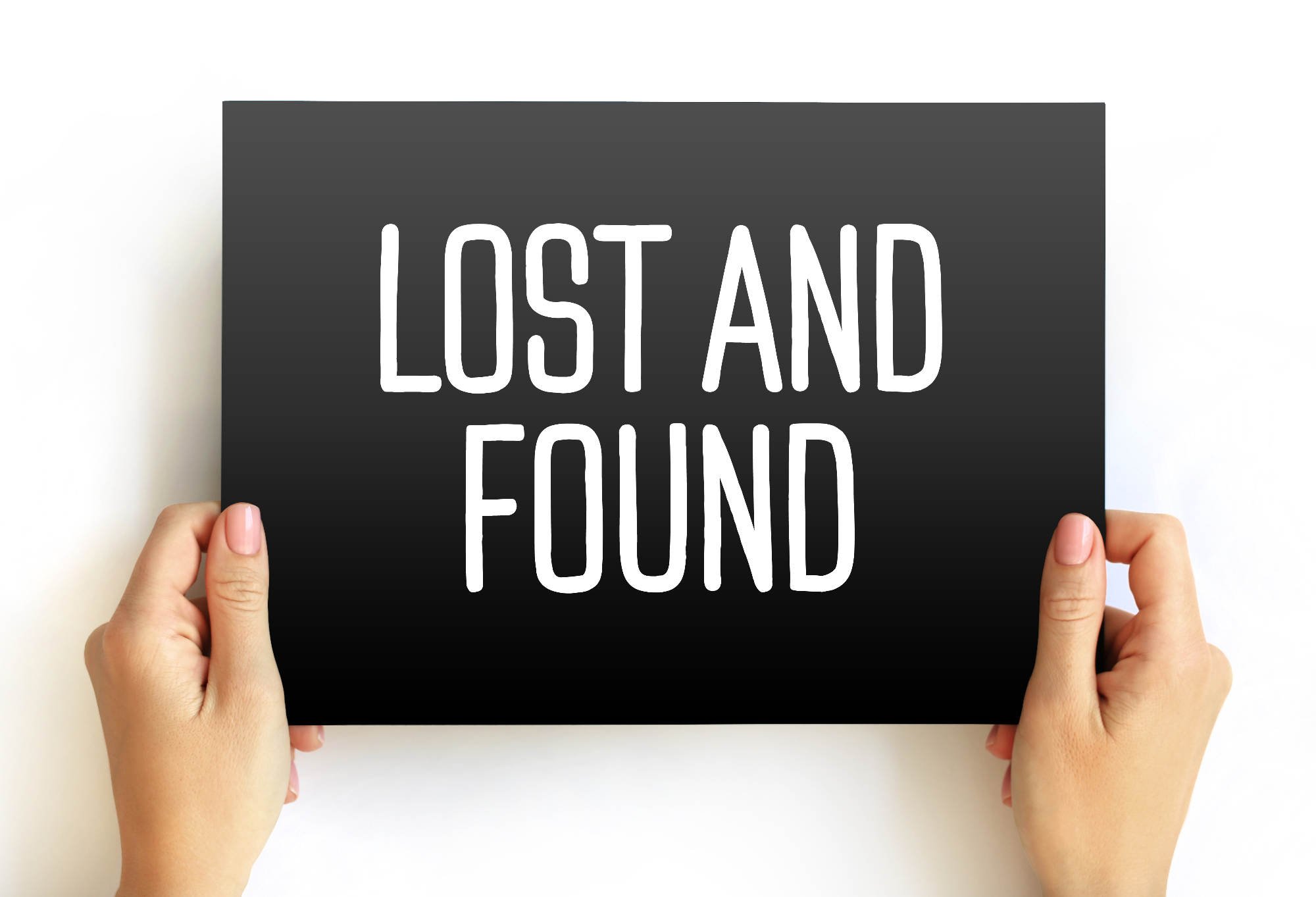The ‘Lost and Found’ concept is a simplistic yet essential service that acts as a repository for misplaced items, awaiting their rightful owners. It’s often widely integrated within various establishments such as schools, airports, libraries, and large events where it’s easy to lose personal belongings amidst the bustle. This system typically involves an individual discovering an item that does not belong to them and handing it over to the relevant authority who then stores it safely until claimed by the original owner. The keyword lost and found primarily signifies this process of losing, finding, and hopefully reclaiming one’s possessions. There are also digital platforms available today which serve as virtual lost-and-found centers enabling wider search capabilities. Understanding this concept is crucial especially for beginners venturing into public spaces or using shared facilities regularly. These services act as safety nets in unfortunate situations of misplacement ensuring a higher probability of retrieving what you’ve misplaced- be it something trivial like an umbrella or valuable like your passport- highlighting its importance in our daily lives.
Understanding the ‘lost and found’ concept is relatively straightforward. Essentially, when someone stumbles upon an item that doesn’t belong to them, instead of keeping it or disposing of it, they surrender it to a designated authority who then stores the item safely. The misplaced object waits in a secure location for its rightful owner to claim it back. This system not only promotes honesty and integrity but also reduces instances of theft and mishandling. It’s critical for beginners to understand this process as they are often more prone to losing their possessions in public spaces such as libraries, airports, or large events due to lack of familiarity or sheer forgetfulness. By being aware of how lost and found works can lessen their anxiety should they lose something important because there exists a mechanism designed specifically for retrieval purposes. Moreover, with advancements in technology, numerous online platforms serve as virtual lost-and-found centers providing wider search capabilities through database systems and even mobile applications – thus making it easier than ever before to locate misplaced items regardless of where you may have lost them. Therefore understanding and utilizing these services can provide peace of mind knowing that if you were ever caught up in a situation where you’ve misplaced something valuable- there’s always hope for recovery thanks to the humble lost and found.

In addition to this, the lost and found services extend beyond just personal items. Many organizations and institutions such as universities, hospitals, or amusement parks also have their own dedicated lost and found departments. These departments are specially equipped to handle a wide array of misplaced items – from textbooks and ID cards to strollers and even pets! They meticulously catalog each item they receive in an attempt to organize the chaos that often comes with dealing with hundreds or even thousands of lost possessions daily. Therefore it is crucial for individuals to always report any loss immediately, providing as many details as possible about the missing object like its description, location last seen etc., which increases their chances of successful recovery. This proactive approach toward missing items underscores the importance of communication between all parties involved in these scenarios – those who’ve lost something, those who’ve found something and the authorities managing these operations- all working together towards a common goal: reuniting lost belongings with their rightful owners. Furthermore, being mindful of your surroundings can prevent losses from occurring in the first place; simple habits such as regularly checking your belongings when leaving a public place or attaching labels with contact information on important objects can go a long way in minimizing losses.